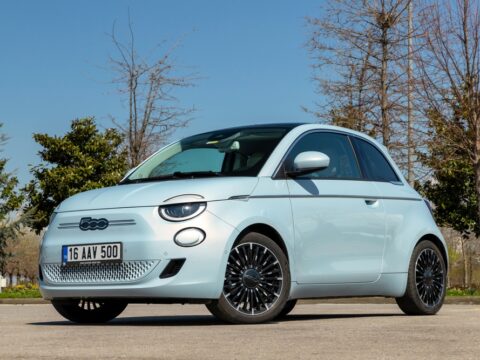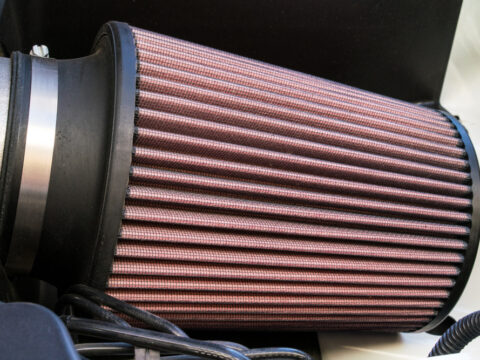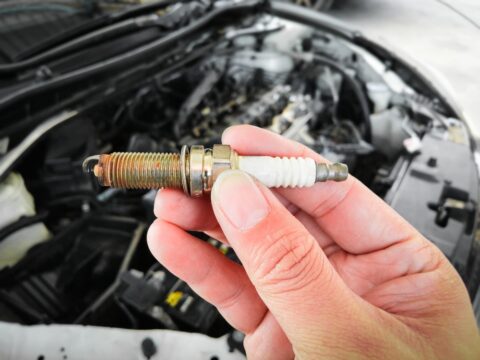Owning an electric vehicle (EV) comes with its unique set of benefits, but it also requires a different approach to maintenance and repairs. While EVs are generally reliable, they do have their own set of common issues. In this article, we’ll explore 15 common electric vehicle repairs you should know about to keep your EV running smoothly and efficiently.
Contents
Battery Pack Replacement
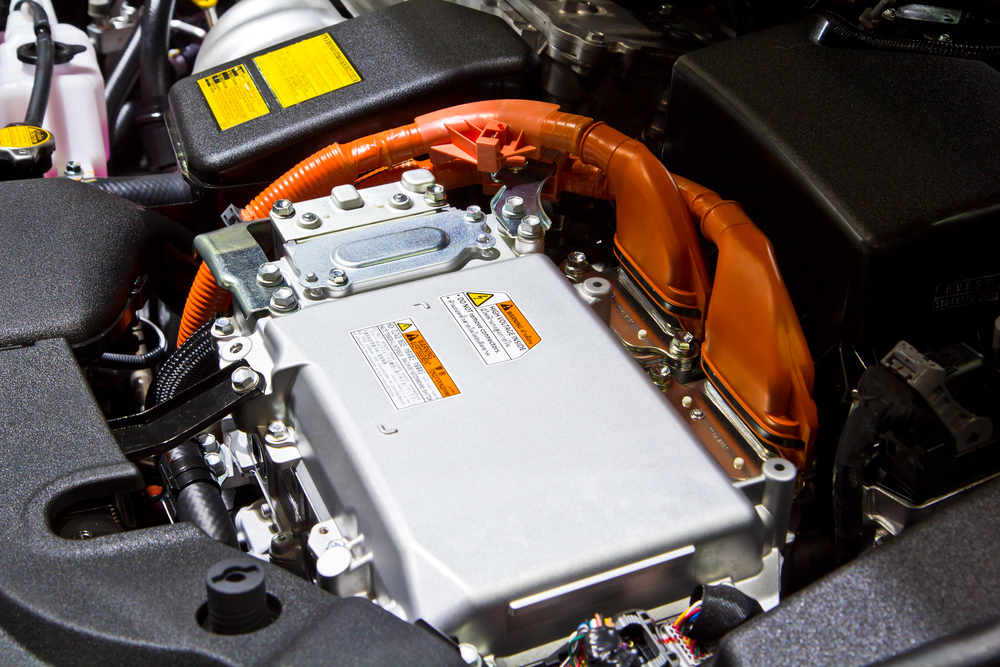
The battery pack is the heart of an electric vehicle, providing the necessary power for operation. Over time, battery capacity can degrade, leading to reduced range and efficiency. Replacing the battery pack is crucial for maintaining optimal performance, especially as EVs age. This repair involves significant labor and cost, but it ensures the longevity and reliability of the vehicle.
Battery Cooling System Repairs
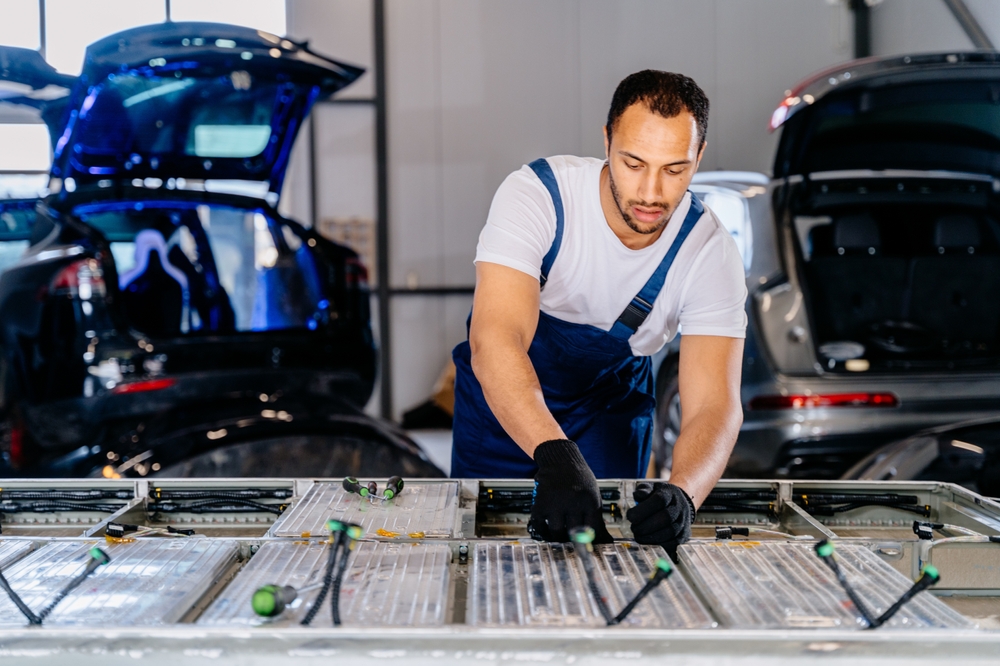
Electric vehicles rely on a battery cooling system to regulate the temperature of the battery pack, preventing overheating and extending its lifespan. If the cooling system fails, it can lead to battery damage and reduced efficiency. Repairs often involve replacing or fixing cooling components like pumps, radiators, and coolant lines.
Electric Motor Maintenance
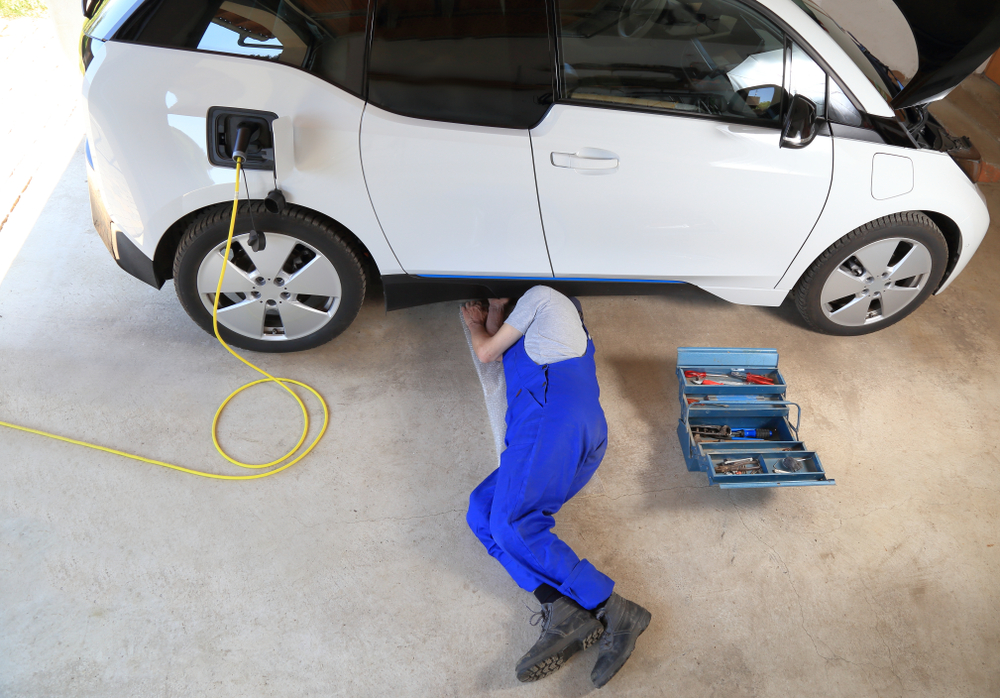
The electric motor is responsible for driving the wheels and requires regular maintenance to ensure smooth operation. Issues like worn bearings, faulty windings, or cooling problems can arise, necessitating repairs or replacements. Proper maintenance of the electric motor is essential for maintaining vehicle performance and efficiency.
Charging Port Repairs
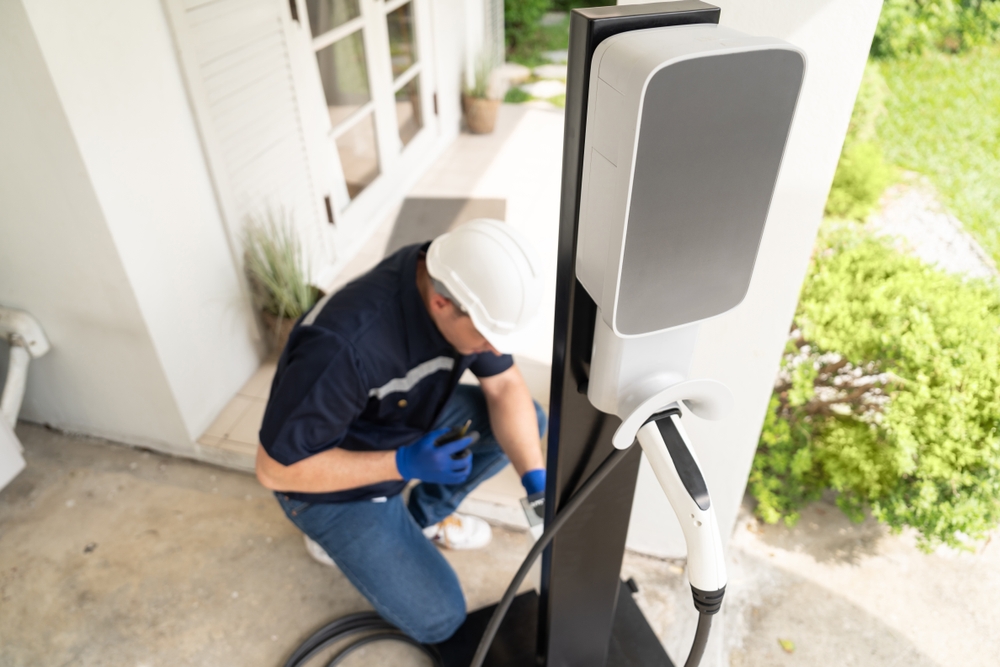
The charging port is the interface between the EV and the charging station. Over time, it can wear out or become damaged, leading to connectivity issues. Repairs may involve replacing the port or addressing wiring problems to ensure efficient and reliable charging.
Software Updates and Repairs
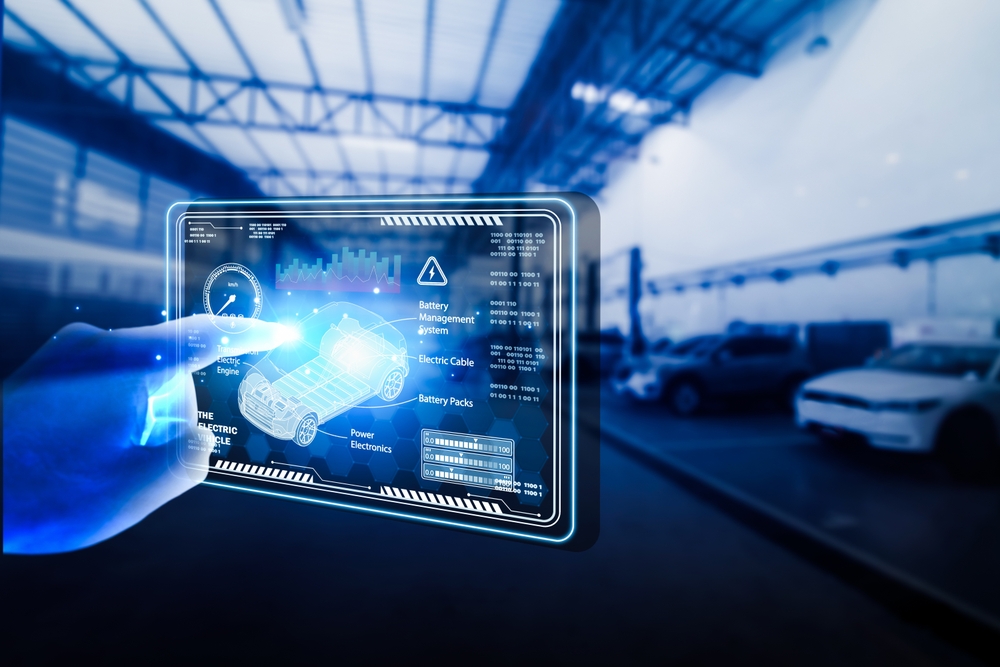
Electric vehicles rely heavily on software for various functions, including battery management, motor control, and infotainment systems. Software updates are necessary to fix bugs, improve performance, and add new features. Sometimes, software-related issues require diagnostics and repairs to resolve glitches or malfunctions.
Inverter and Converter Repairs
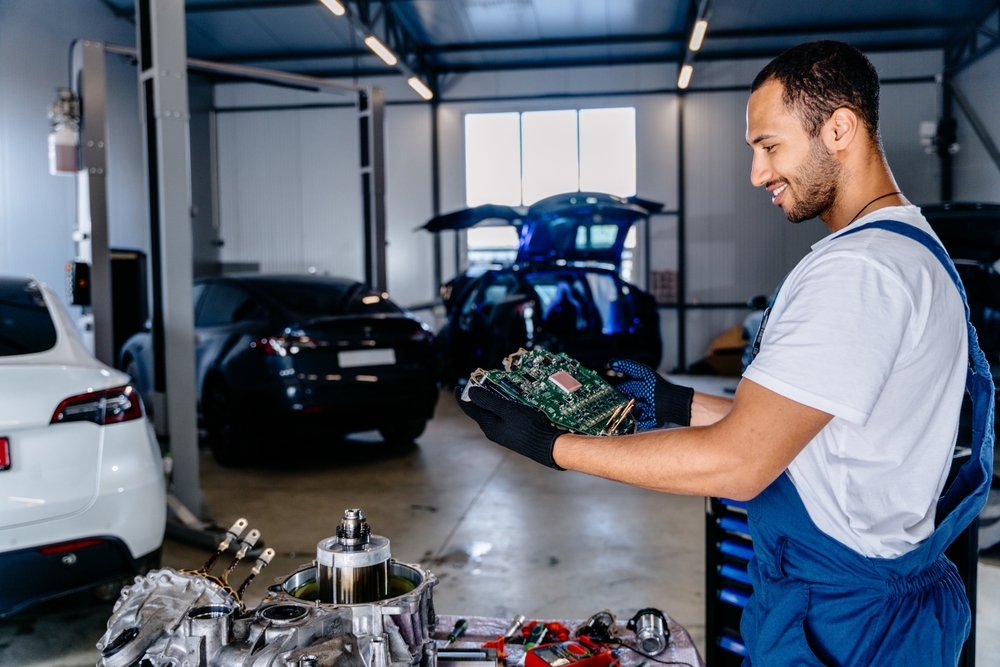
Inverters and converters are crucial for managing the flow of electrical energy between the battery and the electric motor. These components can experience wear and tear or electronic failures, leading to reduced efficiency or complete system failure. Repairs typically involve replacing faulty components or updating software.
Regenerative Braking System Repairs
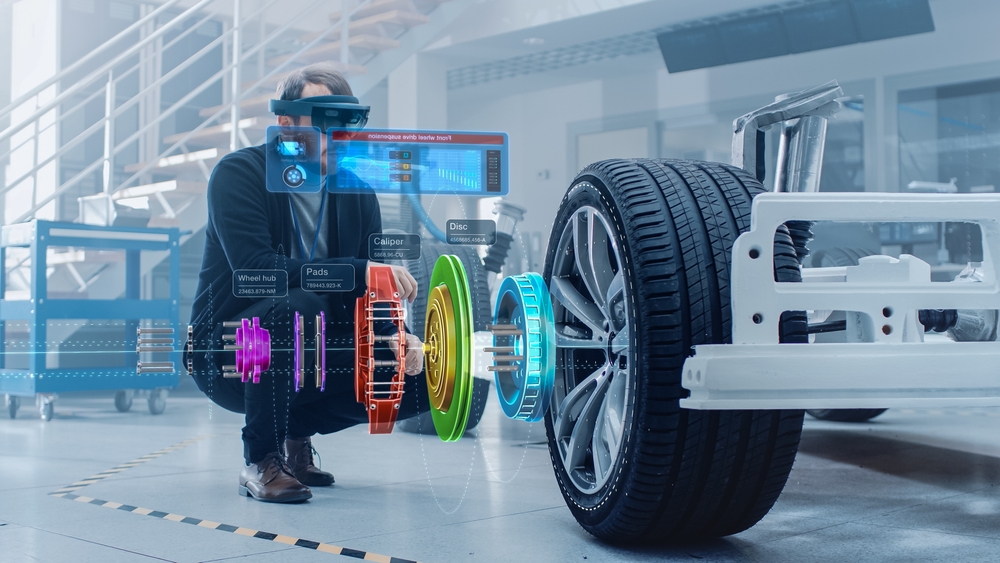
Regenerative braking systems convert kinetic energy back into electrical energy to recharge the battery while slowing down the vehicle. Problems with this system can result in reduced braking efficiency and energy recovery. Repairs often involve fixing or replacing sensors, controllers, or other electronic components.
Battery Management System Repairs
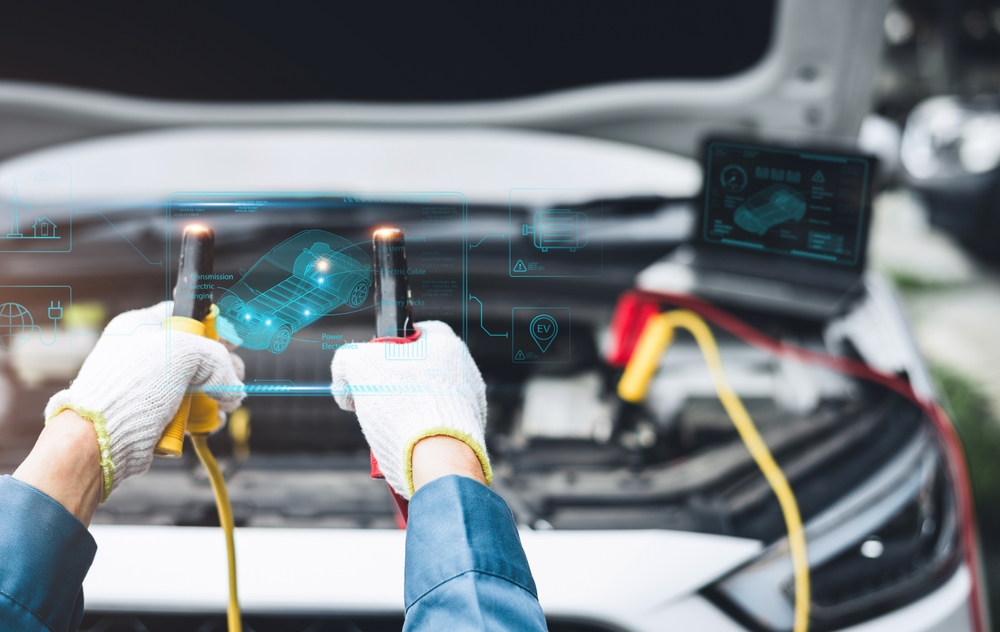
The battery management system (BMS) monitors and manages the health, charging, and discharging of the battery pack. Faulty BMS components can lead to incorrect battery readings, inefficient charging, or safety issues. Repairs may include software updates or replacing defective sensors and controllers.
Electric Vehicle Control Module Repairs
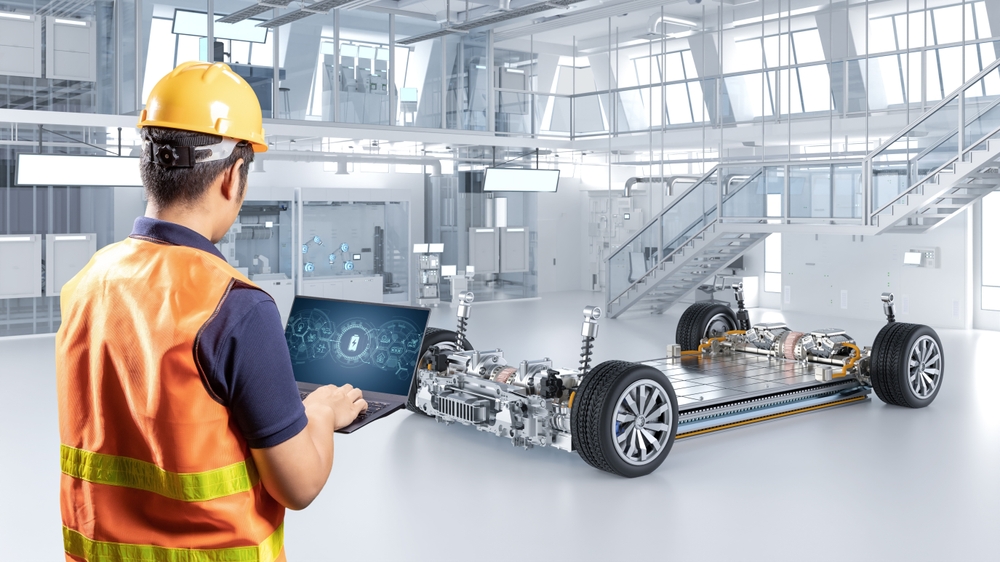
The control module is the brain of the electric vehicle, coordinating various systems and ensuring optimal performance. Malfunctions in the control module can lead to performance issues or system failures. Repairs typically involve diagnostics, software updates, or replacing faulty components.
Cooling System Repairs for Electronics
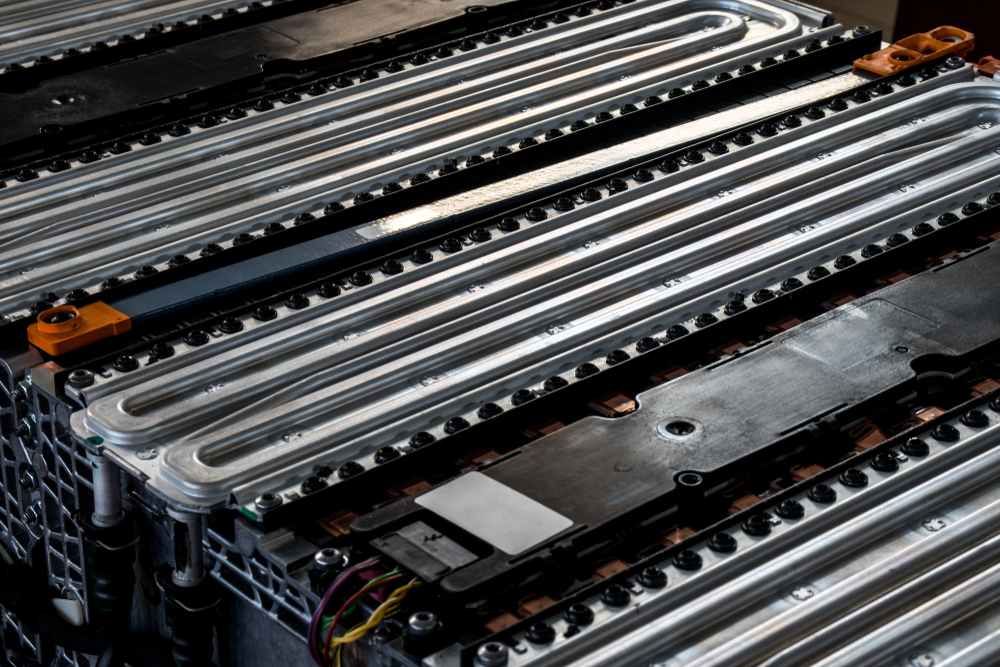
Besides the battery, other electronic components in an EV, such as the inverter and control module, require effective cooling. Failures in the cooling system can lead to overheating and damage to these critical components. Repairs often involve fixing or replacing cooling fans, radiators, and coolant lines.
High Voltage Cable Repairs

High voltage cables carry electrical power from the battery to the motor and other components. Over time, these cables can wear out, become damaged, or suffer from insulation degradation. Repairs involve replacing faulty cables to ensure safe and efficient power transmission.
HVAC System Repairs
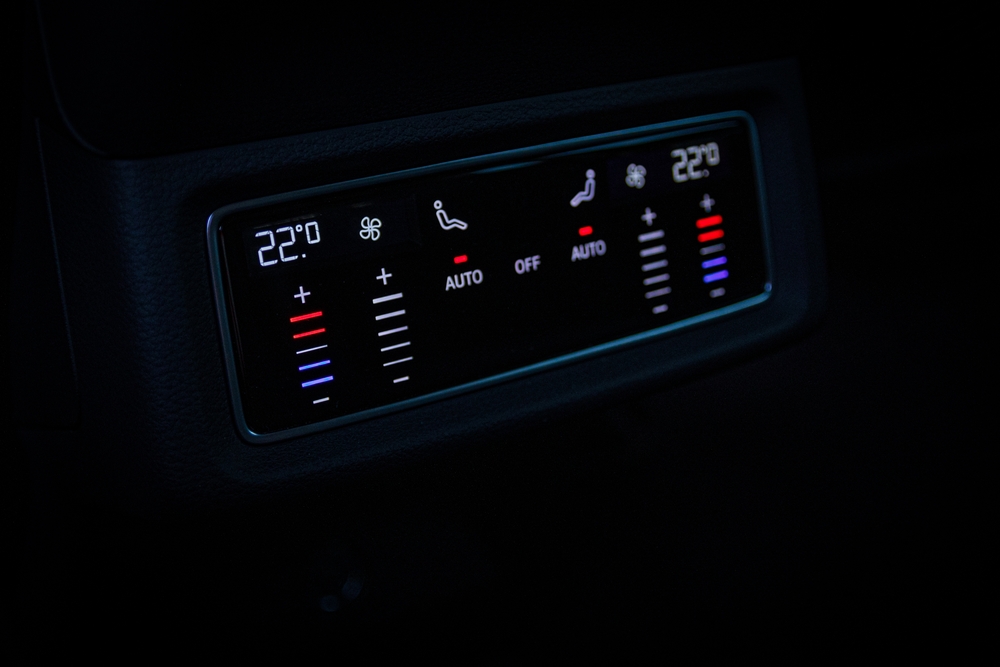
The HVAC (heating, ventilation, and air conditioning) system in an electric vehicle provides cabin comfort and helps regulate battery temperature. Issues with the HVAC system can lead to reduced comfort and efficiency. Repairs may involve fixing or replacing components like compressors, fans, or heat exchangers.
Onboard Charger Repairs
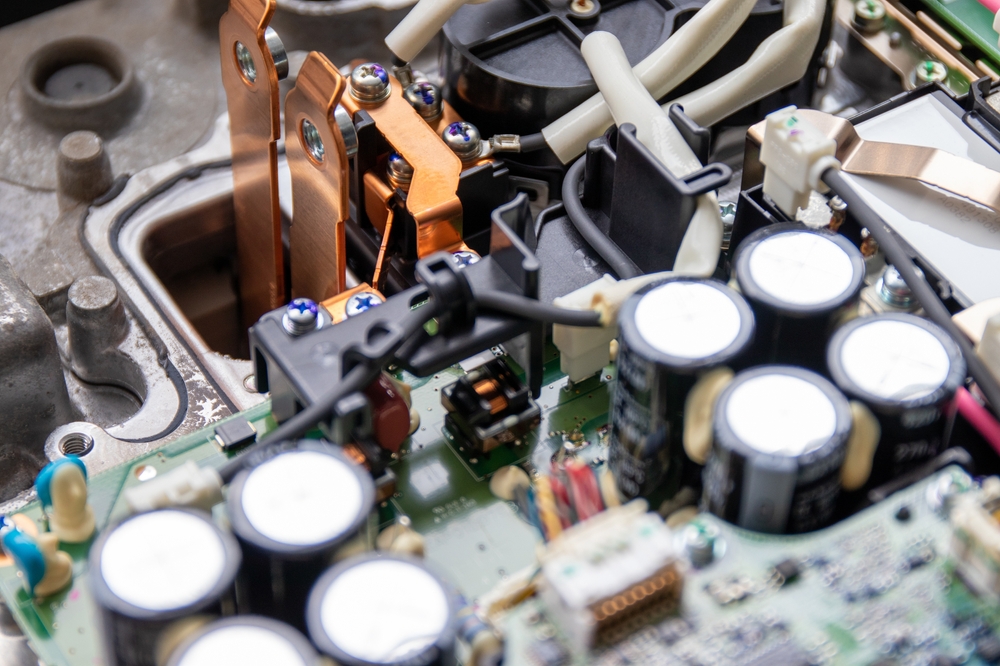
The onboard charger converts AC power from a charging station into DC power to charge the battery. Faulty chargers can lead to slow or incomplete charging. Repairs typically involve replacing defective components or updating the software to ensure efficient charging.
Transmission Fluid Replacement
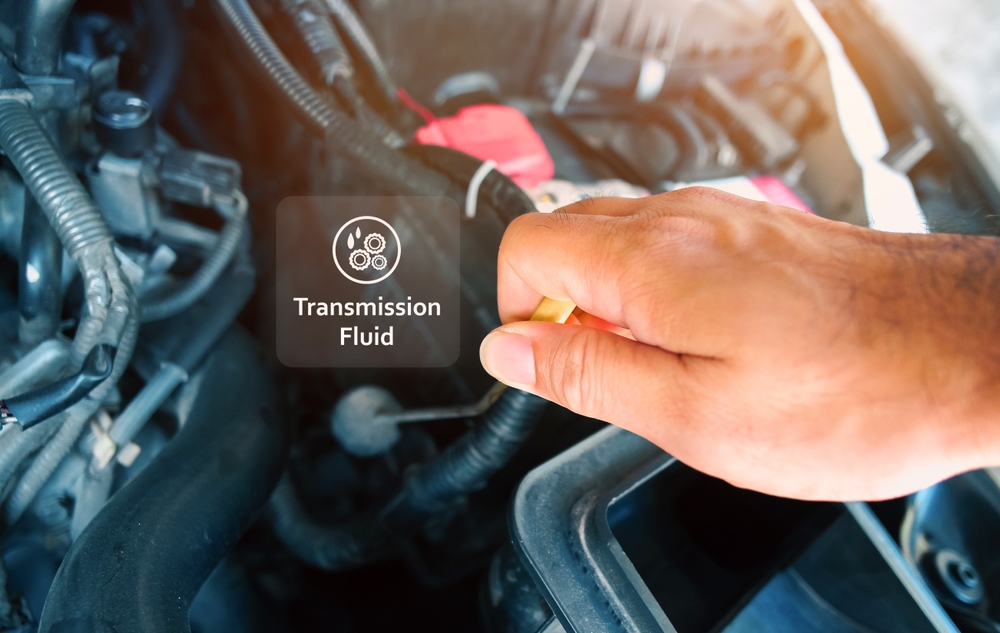
Although electric vehicles don’t have traditional transmissions, some models have reduction gearboxes that require lubrication. Over time, the transmission fluid can degrade and lose its effectiveness. Regular replacement ensures smooth operation and longevity of the gearbox.
Suspension System Repairs
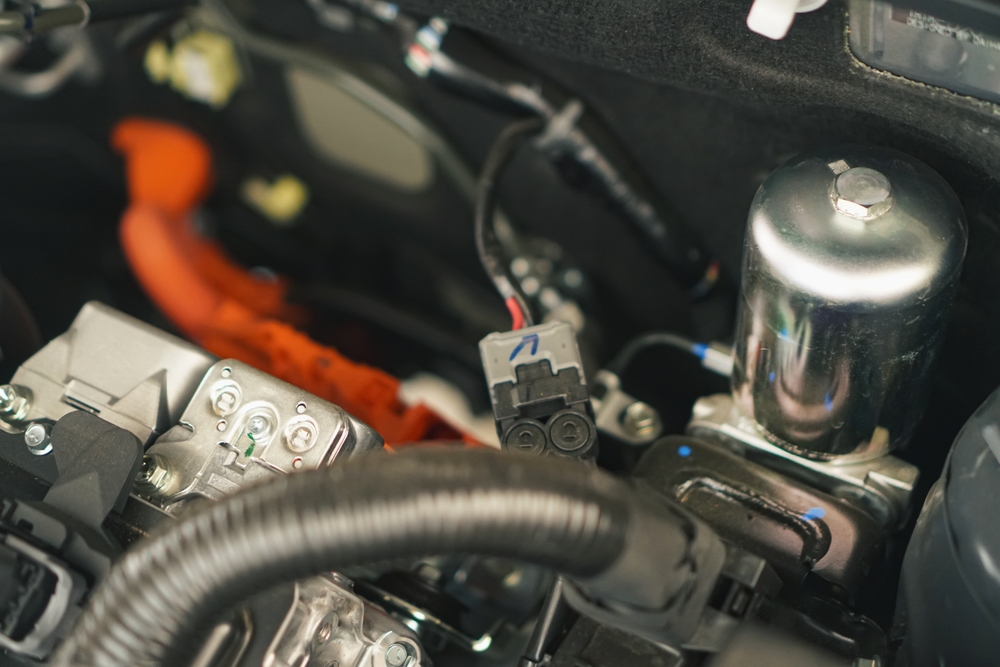
The suspension system provides stability, handling, and comfort. Wear and tear on components like shock absorbers, struts, and control arms can lead to a rough ride and poor handling. Repairs involve replacing worn-out parts to maintain vehicle performance and safety.
This article originally appeared in MyCarMakesNoise.
More from MyCarMakesNoise
20 Stunningly Designed Motorcycles That Turn Heads

Some motorcycles are more than just a means of transportation—they’re works of art that command attention wherever they go. With sleek lines, bold colors, and innovative designs, these bikes are built to turn heads and make a statement. Read More
20 Issues That Arise from Using Cheap Fuel in Your Car

Using cheap fuel in your car might seem like a cost-saving measure, but it can lead to several issues that could end up costing you more in the long run. Low-quality fuel can cause engine knocking, reduce fuel efficiency, and lead to buildup in the fuel injectors, which hampers performance. Read More
20 Formerly Coveted American Coupes That Have Lost Their Luster

Once symbols of style and performance, many American coupes have seen their popularity fade over time. These cars, which were once coveted for their sleek designs and powerful engines, now struggle to maintain the same appeal in a market dominated by SUVs and sedans. Read More


